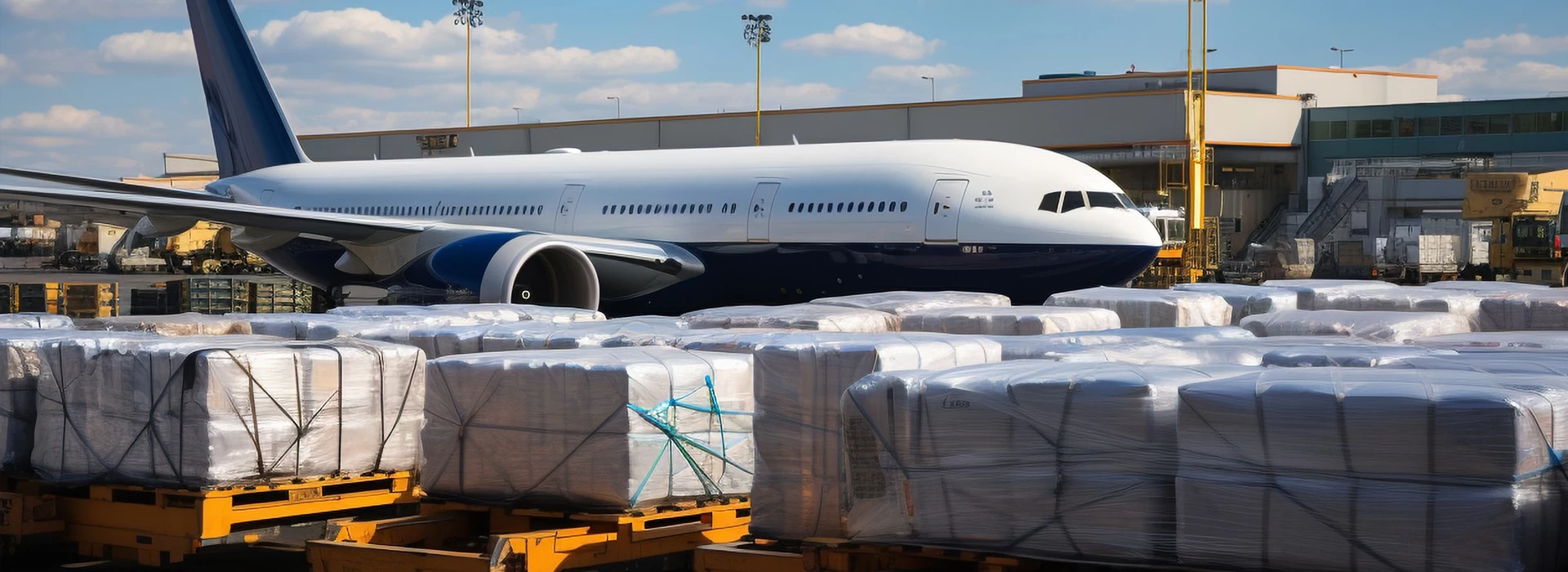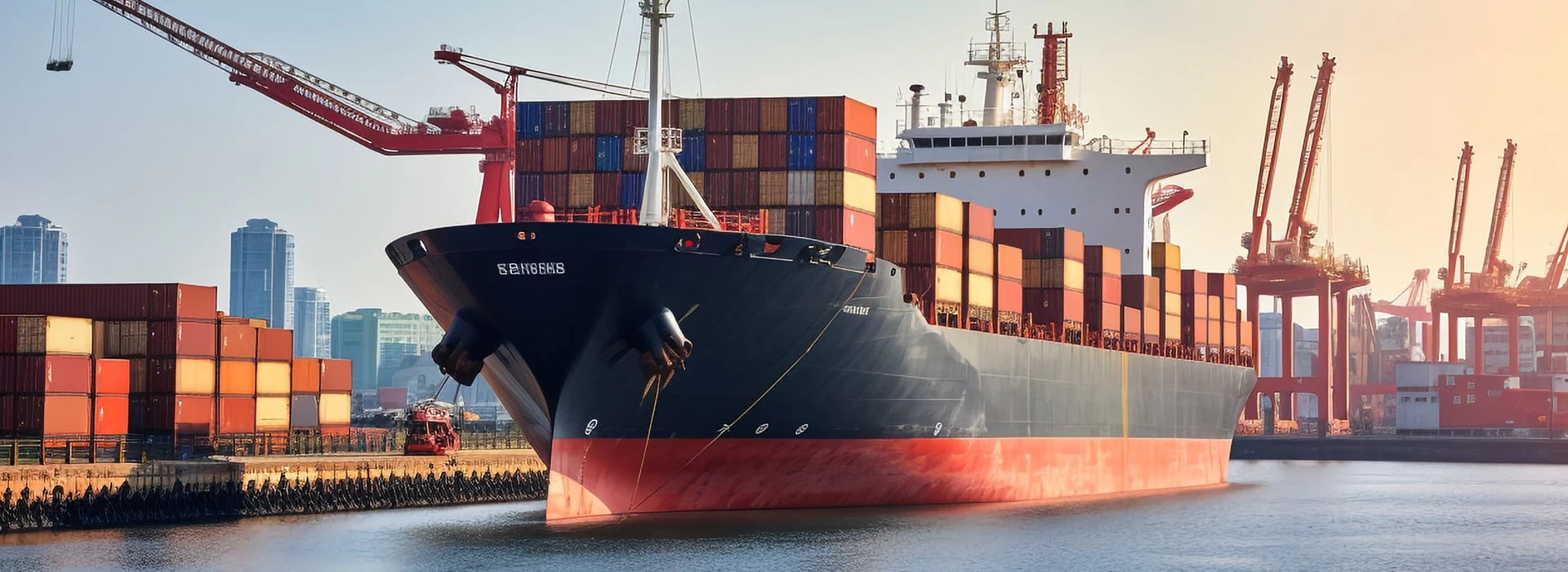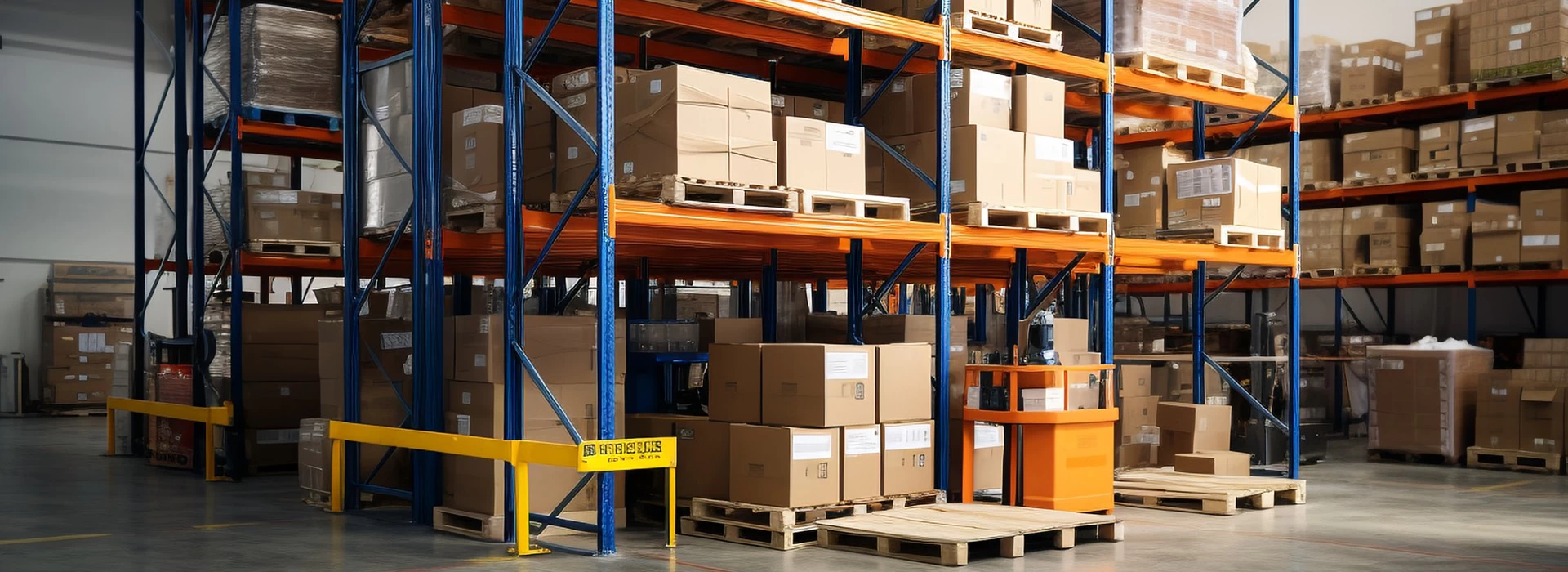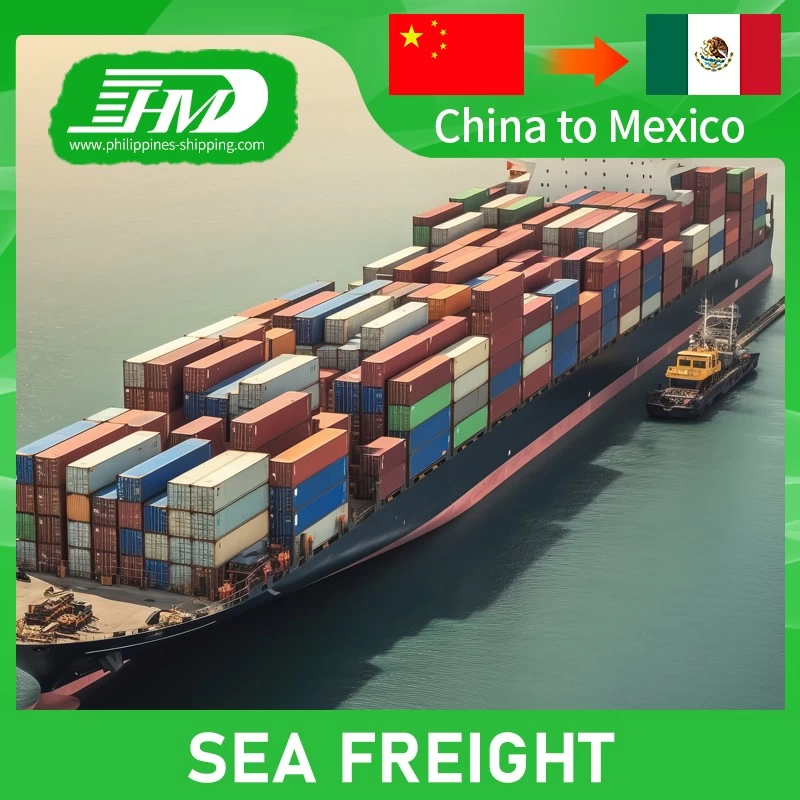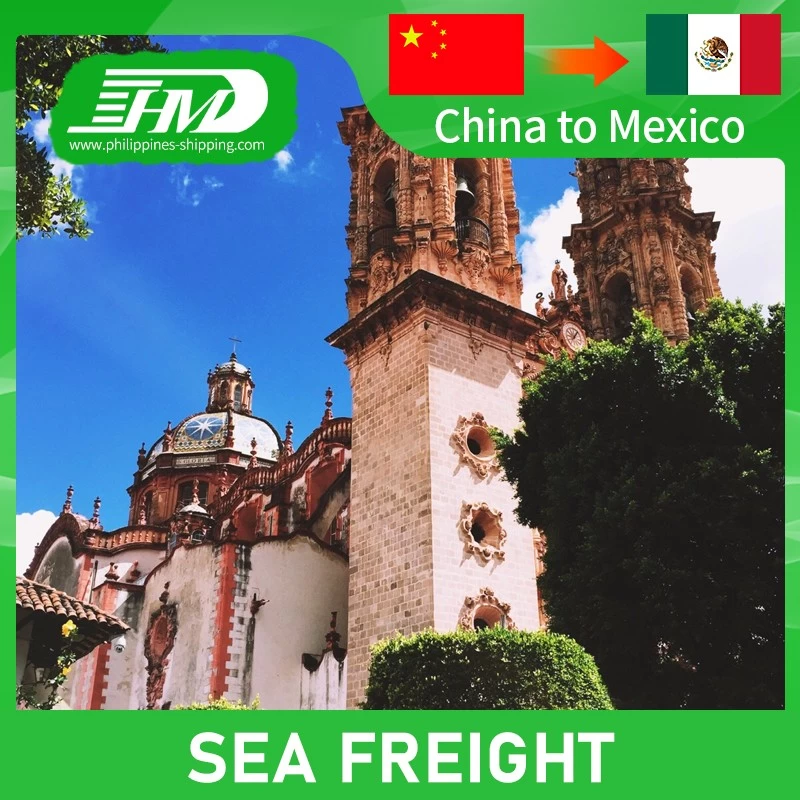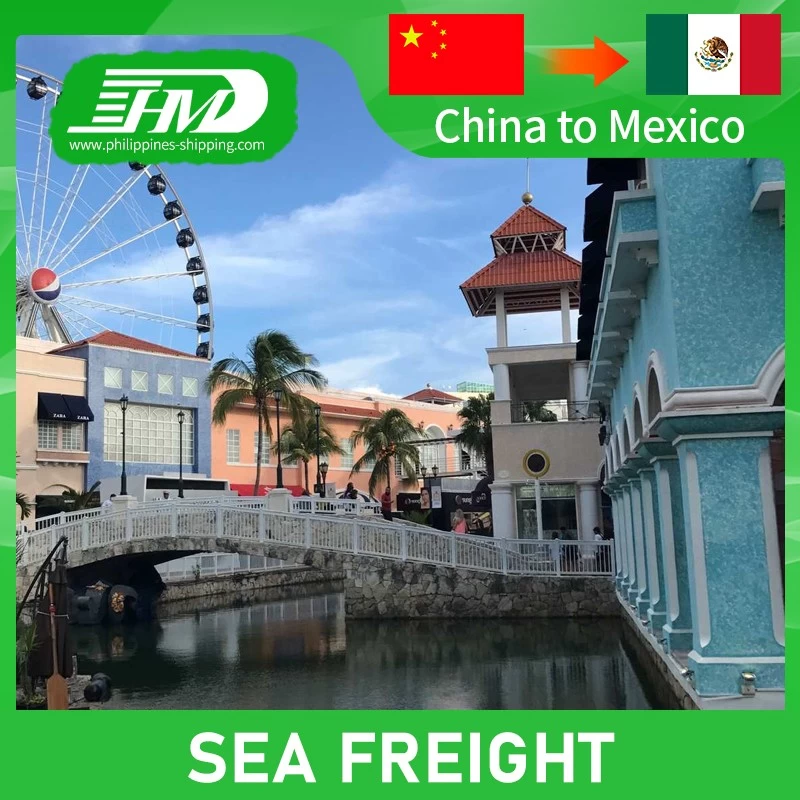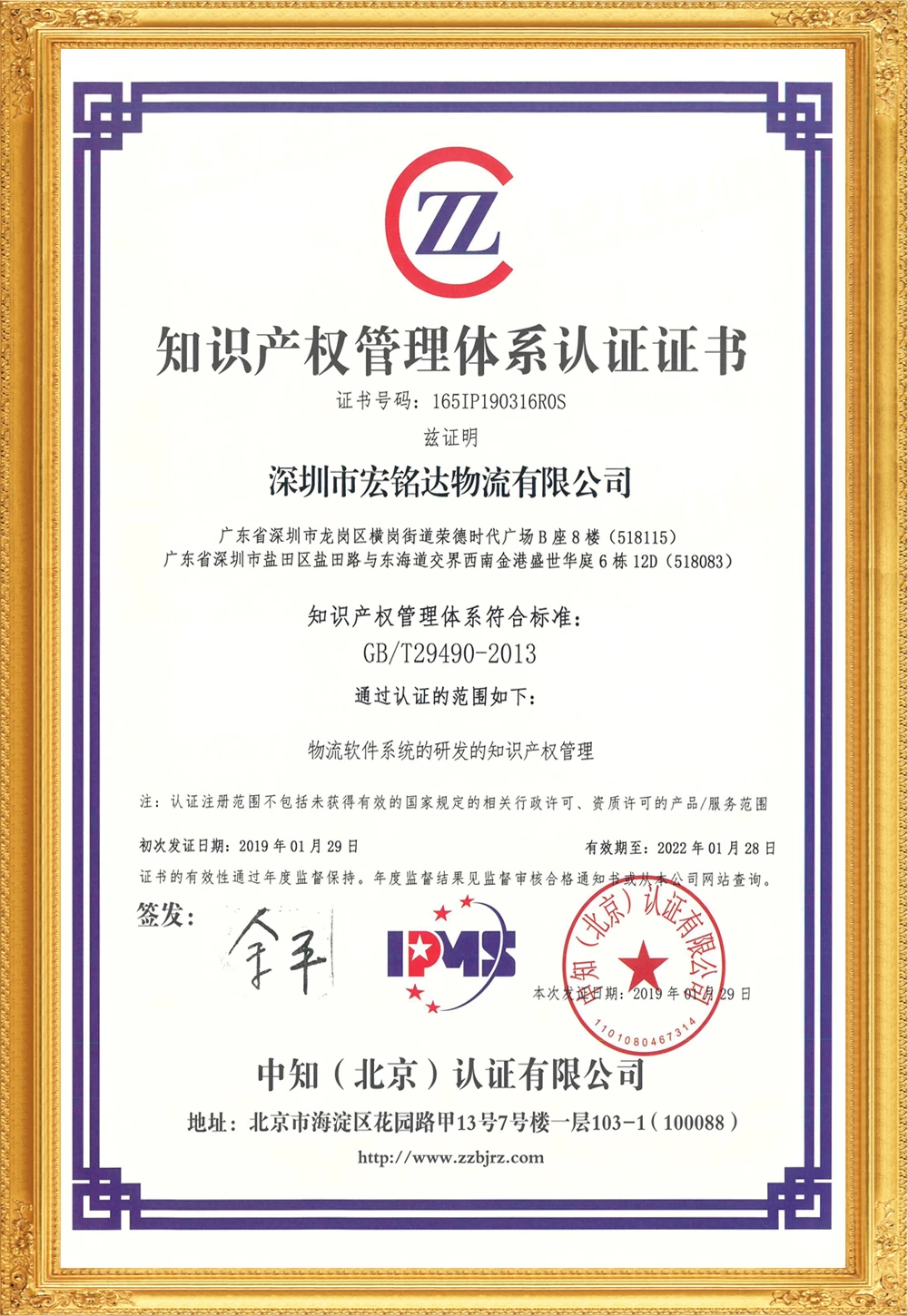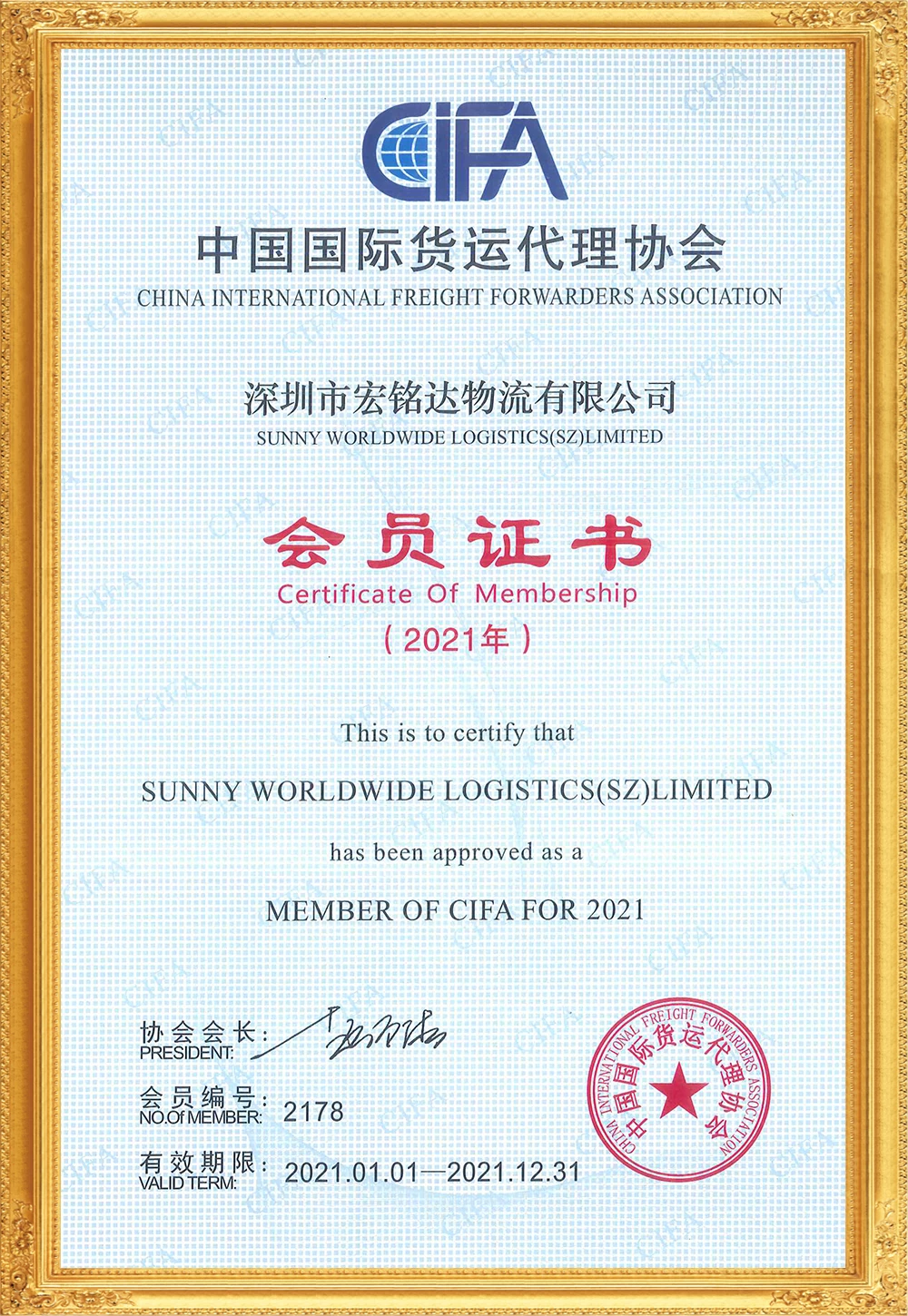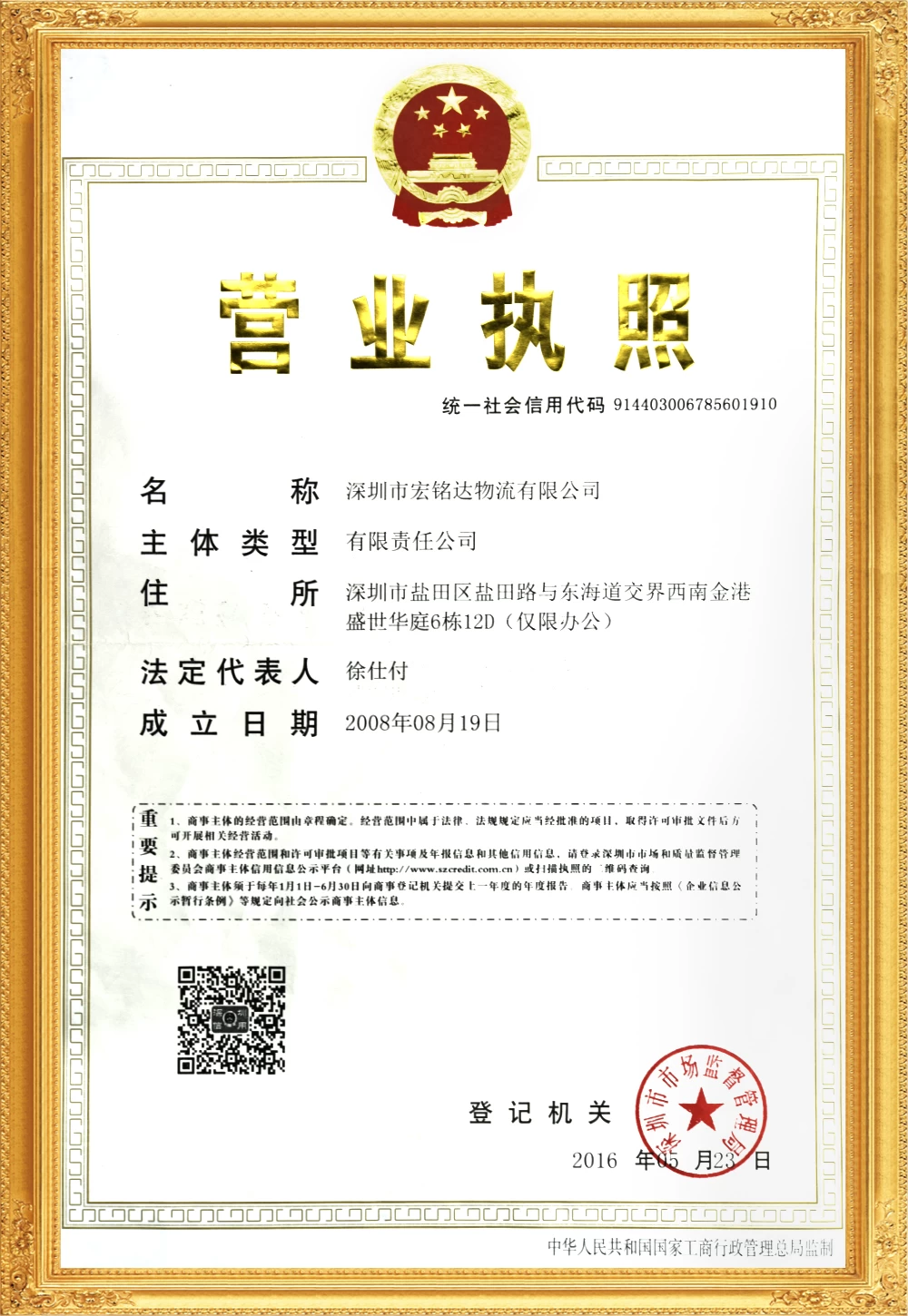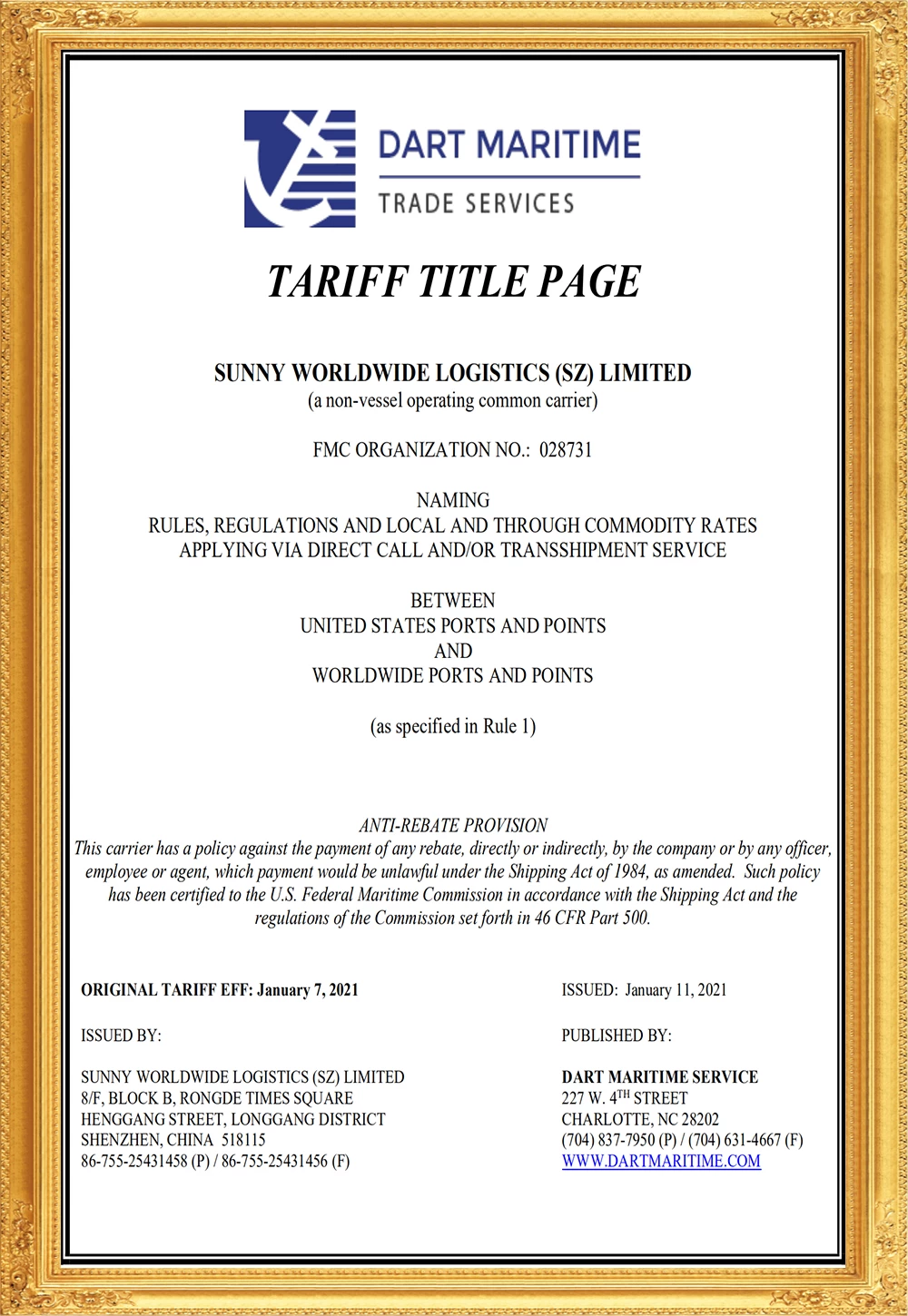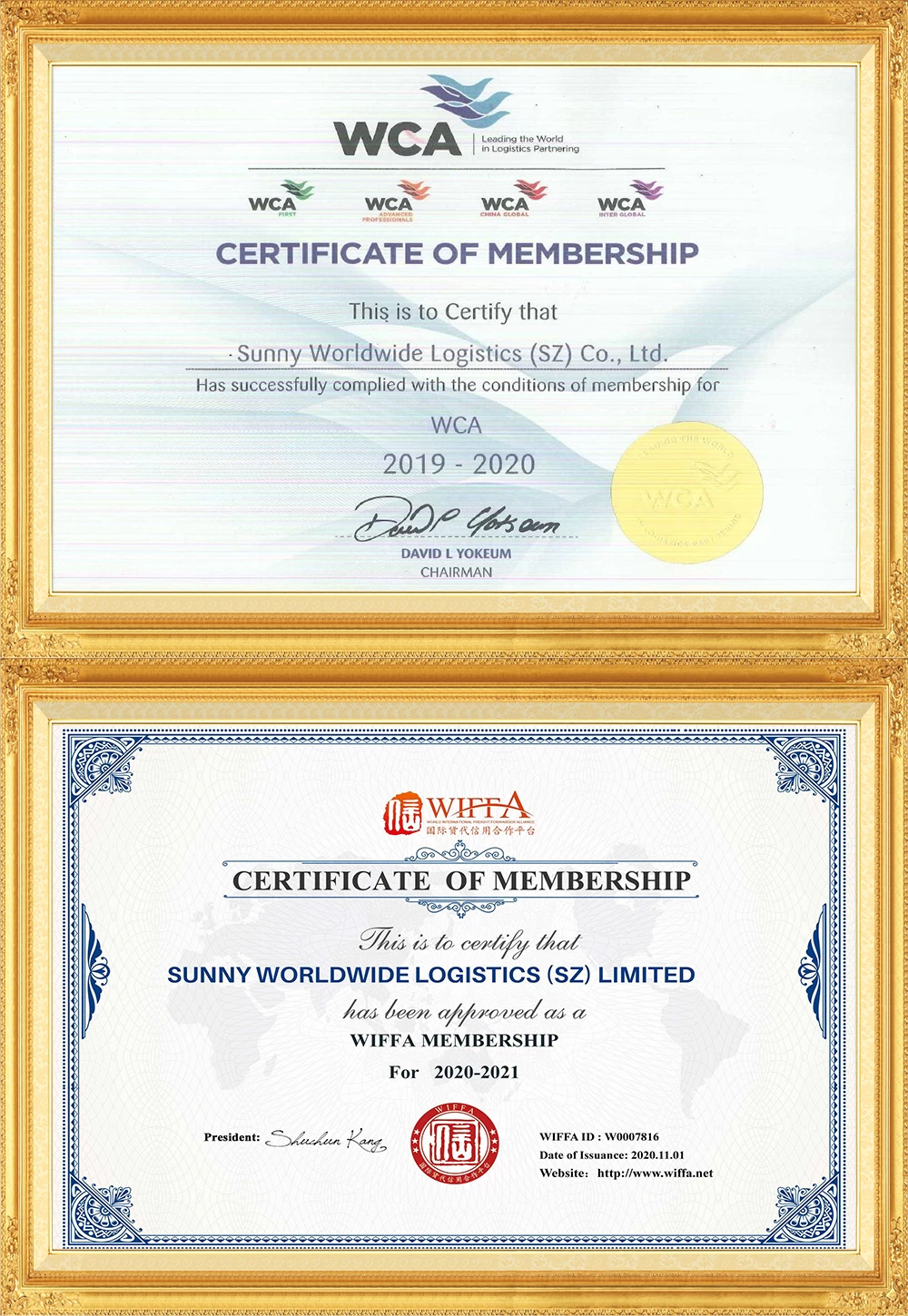Two major shipping companies have announced: charging canal surcharges
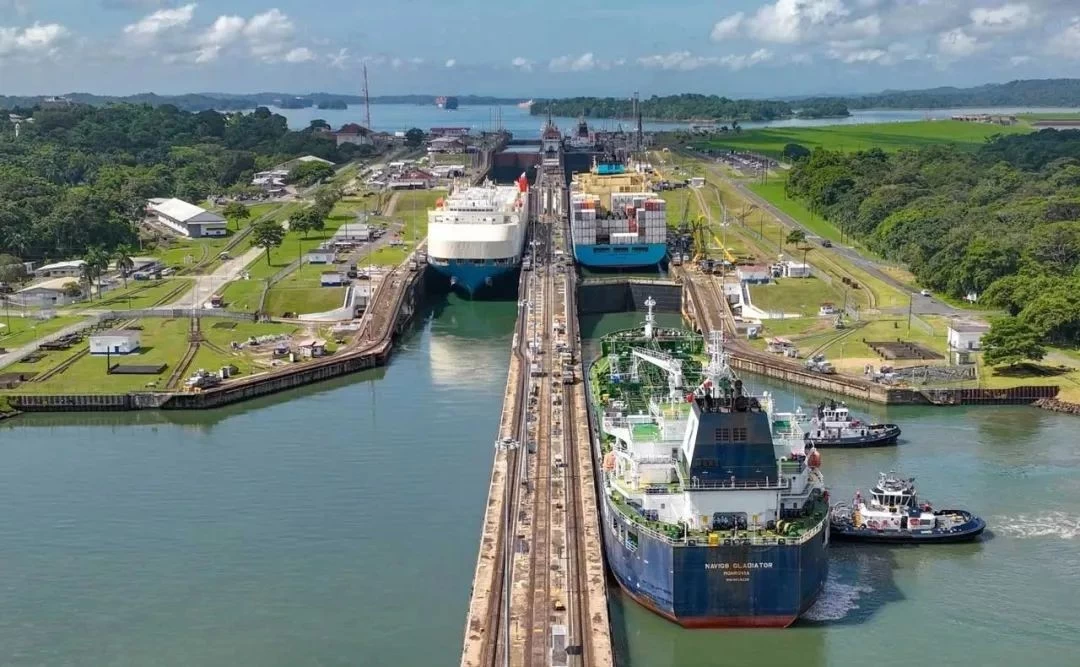
Recently, the Panama Canal's ongoing drought problem is still worsening, ship traffic restrictions continue to be tightened, and the number of ships passing through the canal continues to decrease every day. In addition, the increase in canal tolls has greatly increased the operating costs of liner companies.
In view of this, both Mediterranean Shipping Company (MSC) and CMA CGM announced that they will charge Panama Canal surcharges to ease operating pressure.
Two liner giants charge canal surcharge
MSC stated that in response to the increasingly severe capacity reductions in the Panama Canal, a surcharge of US$297/TEU will be levied on cargo passing through the Panama Canal, which will be implemented from December 15, 2023.
MSC further emphasized that in the second quarter of 2023, the Panama Canal Authority (ACP) decided to reduce the draft from 14.94 meters to 13.41 meters.
Despite several water conservation measures in place over the past few months, a lack of rainfall in the region is affecting water levels in canals.
ACP stated that it will continue to reduce the number of daily ship passes while maintaining a low draft of ships. These measures will last until the end of September 2024.
These restrictions and the previous increase in canal tolls have had a direct impact on MSC's overall operating costs.
Previously, an analysis by shipping media showed that starting from February, the daily navigation volume is expected to be reduced to 18 times, and the daily transportation capacity of post-Panamax ships passing through the canal locks may be less than 50% of the designed capacity.
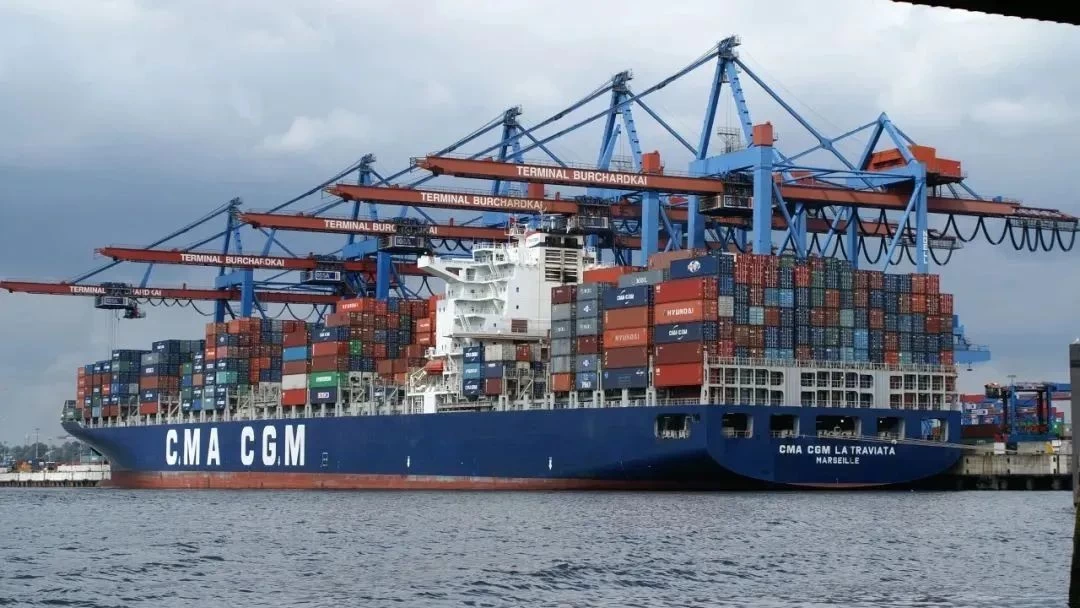
The specific adjustment method is a stepwise reduction: starting from November 3, the number of passing ships will be reduced to 25 ships per day; starting from November 7, it will be lowered to 24 ships; starting from December 1, it will be lowered to 22 ships.
From January 1, 2024, it will be reduced to 20 ships; from February 1, 2024, it will be reduced to 18 ships.
It is understood that the normal draft of the Panama Canal is 15.24 meters. After the draft is reduced, the transportation volume of large container ships will be reduced by about 40% compared with the normal transportation volume.
In addition, according to official data, the Panama Canal operates 24/7 throughout the year, with 13,000 to 14,000 ships using the channel every year.
This adjustment measure by ACP will increase global cargo transportation costs and cause long transportation delays.
In addition, CMA CGM has announced new standards for Panama Canal surcharges.
It mentioned in a customer notice that the Panama Canal’s traffic restrictions have had a serious impact on operations, so a new Panama adjustment factor will be applied from January 1, 2024, with a standard of US$150/TEU.
Drought intensifies in Panama Canal
Currently, the impact of the ongoing drought on the Panama Canal and even global trade is escalating.
Not long ago, the auction price for the right of priority passage for ships, also known as the "queue-jumping fee", set a record of nearly 4 million U.S. dollars, significantly raising the cost of transit cargo transportation.
Generally speaking, the rainy season in Panama usually starts from May to ends in November every year. Affected by the "El Niño" phenomenon, persistent dry weather continues to affect Gatun Lake rainfall and the inflow of tributary rivers.
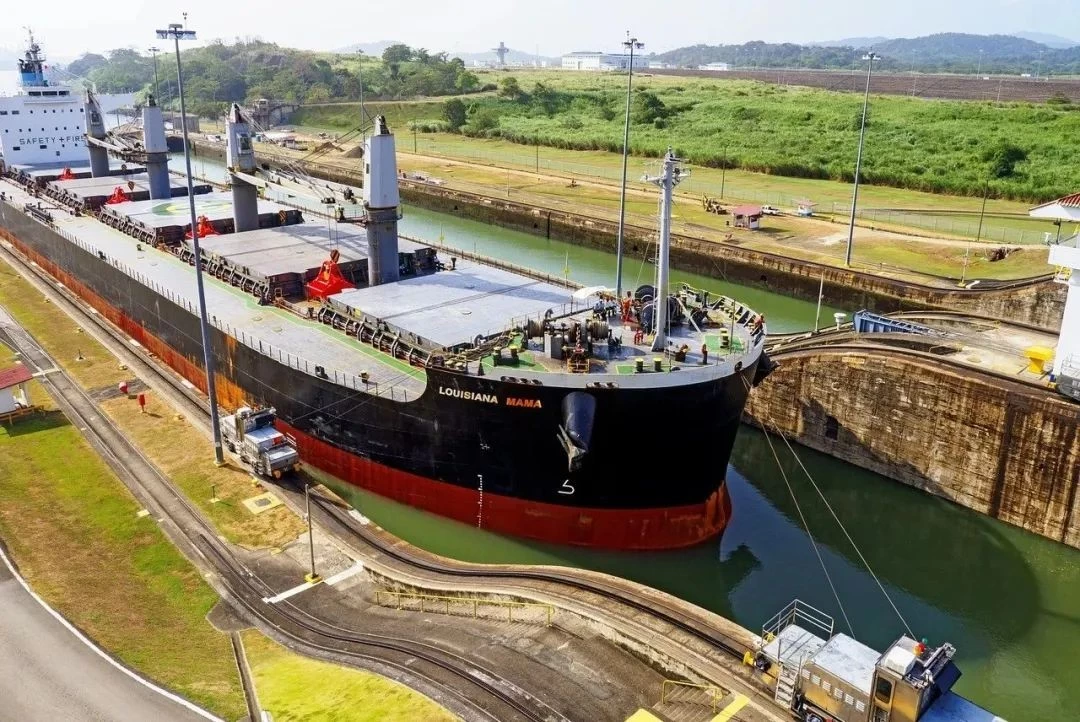
In response, the Panamanian government has taken water-saving measures on the one hand.
For example, cross-filling the water from the original Panama lock, that is, reusing the water in the lock cabin on one side into the lock cabin on the other side, and conducting mutual conduction of water in the left and right two-way locks, this operation can open and close the lock at one time Operation saves 50% water.
A reservoir was also built next to the new ship lock, and a new lock water recycling system was established to reuse the water in the new ship lock through the reservoir. The water saving utilization rate can reach 60%.
In addition, the fleet plan for ships passing through the canal has also begun to be optimized to maximize water conservation within each lock and accommodate the maximum number of ships.
On the other hand, access restrictions are adopted. Given rainfall forecasts over the coming weeks, rainfall for the remainder of the year is expected to be 38% lower than normal;
The Panama Canal Authority has deemed it necessary to further reduce the number of daily ship movements to postpone the need to reduce the ships' tropical freshwater draft to the current 44 feet (about 13.41 meters).
In addition, according to Marine Traffic data, the waiting time for ships on the Atlantic side of the Panama Canal increased by an average of 30% from last week, from 0.4 days to 0.6 days; the waiting time for ships on the Pacific side increased to 2.2 days.
The person in charge of Marine Traffic North America said that while the Panama Canal authorities are compressing the traffic schedule, an average of 26 commercial ships arrive on the Pacific side of the canal every day, and an average of 8 commercial ships arrive on the Atlantic side of the canal every day. The time for ships to wait for navigation has increased. The likelihood of cargo delivery delays also increases.


